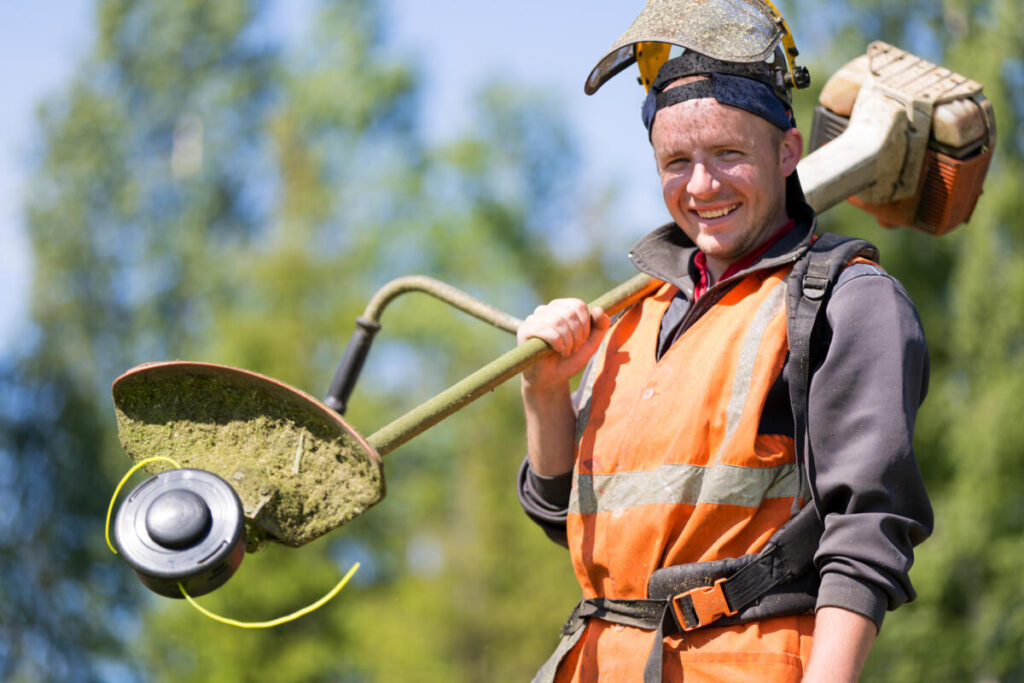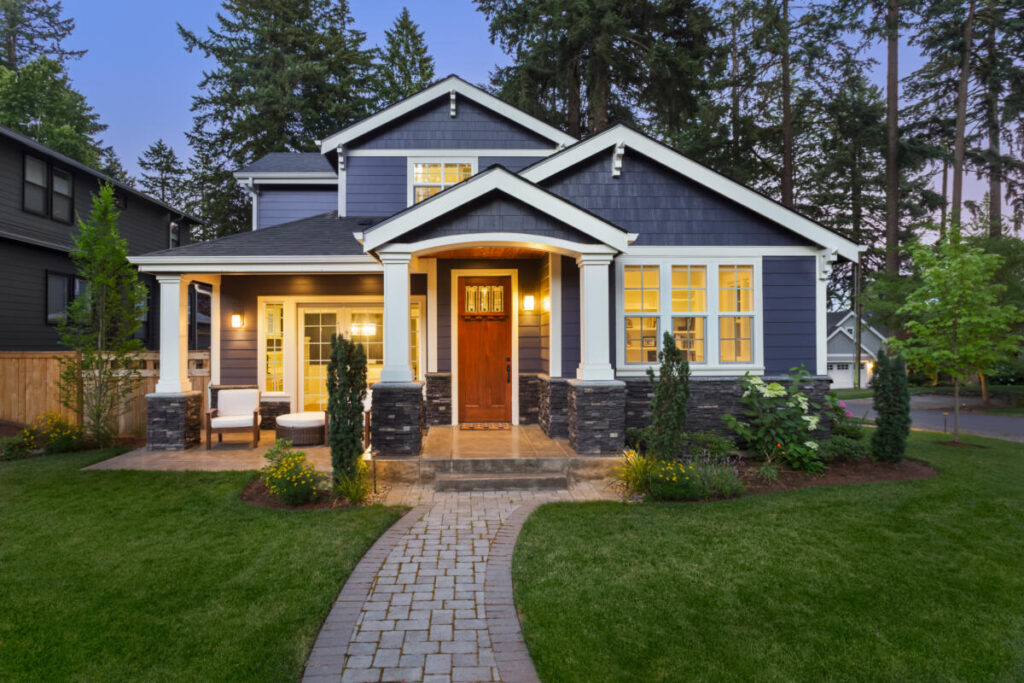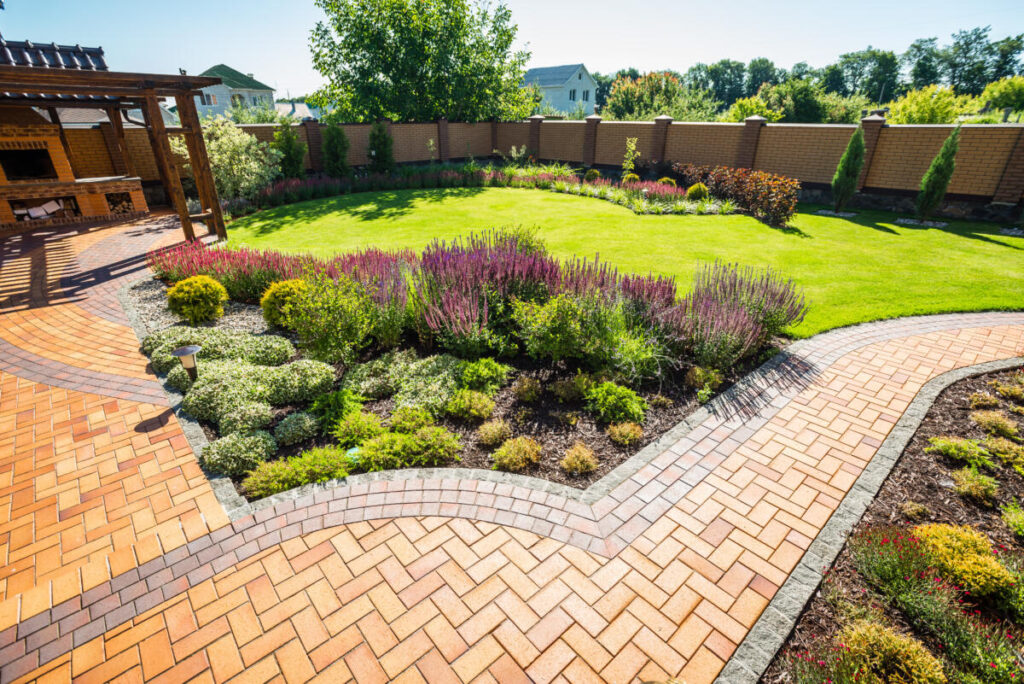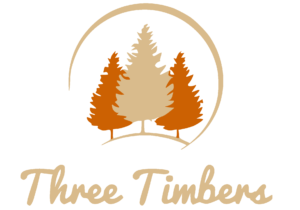Every homeowner wants to have a beautifully designed landscape their family can enjoy. But how much does landscaping cost in 2024? And what factors drive up the cost of landscaping?
We’re going to be breaking down how much landscaping costs, top cost factors, and how to get the most bang for your buck. Here’s what you need to know before you start your next landscaping project.
The Quick Answer to How Much Does Landscaping Cost
- The national average landscaping cost is $13,000
- Small planting and garden design can cost as little as $1,000
- Large projects with extensive planting, sod, hardscaping, and irrigation can cost upwards of $40,000
- Irrigation systems and hardscaping quickly increase the total cost
- Yard size plays a factor, but it really comes down to the quality of materials and scope of work (planting large exotic trees vs smaller local saplings, large boulder vs wood retaining wall, etc.)
Table of Contents
Understanding Landscaping Cost Factors
Landscaping can cost depends on a variety of factors such as yard size, materials, scope of work, and labor. The national average landscaping cost is approximately $13,000, which includes new landscape installation and on-going maintenance. Some common landscaping services and their associated costs include gardening services, leaf removal, lawn aeration, and tree removal.
While the answering the classic question “how much does landscaping cost” can be tricky, here is our general price breakdown.
Yard Size and Complexity
The size and complexity of your yard can play a significant role in determining backyard landscaping costs. Here are some examples of estimated costs for different types of yards:
- Small backyard garden design and planting: $500 – $4,000
- Medium-sized yard with basic landscaping features: $4,000 – $10,000
- Large yard with extensive landscaping: $5,000 – $20,000
Aside from the size of your yard, there are numerous other factors that will affect your landscaping cost.
- Current yard conditions (full of weeds with old rock retaining wall or properly maintained free of obstructions)
- Hills and elevation (how much leveling will be required for quality results)
- Pests (voles, ants, or other infestations should be taken care of to protect your new landscaping from being damaged)
It is important to note that these are just rough estimates, and actual costs may vary depending on location, materials used, or specific design requirements.
Landscaping Materials and Equipment
The cost of materials and equipment for landscaping projects can fluctuate significantly, influencing the total cost of the project. Here are some examples of cost ranges for different landscaping tasks:
- Laying and removing sod for a 2,000 sq ft yard will cost between $4,000 and $8,000
- Plant species plays a huge role in the total cost
- An 8′ wide Abies Canaan Fir tree costs $600 from Gertens
- A large Pinus, Bonna Scotch Pine ‘Hindu Pan’ costs $2,400
- Plant size is also a significant price factor
- A small Abies, Balsam Fir in a 3 gallon container costs $33
- A large, 8′ wide Abies, Balsam Fir costs $300
These are just a few examples, but it demonstrates how much the price can swing from just a few factors.
Shipping and labor cost for installing these materials can further impact the cost of your landscaping project. In general, the bigger and heavier it is, the more expensive it will be. This is why it is best to talk with your landscaper to get a clear breakdown of pricing so you can design your yard around your budget.
Labor Costs

The total labor costs for landscaping projects depends on the number of workers, experience, and complexity of the project. Most landscaping companies submit their bids with a fixed labor cost, but it generally comes down to about $50 to $200 per hour for a small team.
Larger landscaping projects requiring heavy machinery or specialized services (tree trimming, electrical, gas, etc.) will typically have a separate line item on the proposal outlining the estimated cost increase. As we mentioned before, total cost typically increases as heavier materials and harder work is introduced.
Cost Breakdown by Landscaping Services
Landscaping costs can be broken down into three primary categories:
- Softscaping involves all of the living parts of your landscaping project. Softscaping includes planting trees, laying sod, and adding other organic materials like manure to your yard.
- Hardscaping revoloes around all of the non-living parts of your yard. Hardscaping typically refers to laying pavers, building retaining walls, and building firepits.
- Maintenance services: This involves all of the regular maintenance to keep your yard healthy and beautiful. Landscaping maintenance services look a little different for each yard, but typically include mowing, edging, weeding, and seasonal fertilizing.
Softscaping Services
Softscaping services can range from $800 to $10,000 total, depending on the project. Like we mentioned before, the cost of softscaping is heavily influenced by the size and species of the plants (smaller and more common being the most cost effective options). Top cost factors for softscaping include:
- Project size/scope
- Quality of materials
- Type and size of materials
- Labor
- Current state of the yard
Plant types can also play an important role in your landscaping design. Plants are classified as annuals, biennials, and perennials, depending on their flowering period. Each of these types will have an effect on the cost of your landscaping. For example:
- Annuals only survive for one growing season, meaning they will need to be replaced each year (leading to higher costs).
- Biennials live for two growing seasons will require less frequent replacement, but will still add to your yearly costs.
- Perennials have long lifespans and will continue to grow regardless of the season. These are the most cost effective options available.
Hardscaping Services
Hardscaping services can range from $1,500 to $45,400, depending on the size and type of the project. The cost of hardscaping services is determined by the following:
- Project size
- Type and quality of materials
- Intricacy of design (for paths, fire pits, patios, retaining walls)
- Labor
- Necessary equipment (heavy machinery)
- Current state of the site
In general, hardscaping projects increase in price with the size and complexity. While each hardscaping project requires different tools and materials, you can expect most projects to fall between the $5,000 and $15,000 range. Large projects with multiple hardscaping elements will generally cost upwards of $20,000.
Maintenance Services
Homeowners also may look towards regular monthly or seasonal landscaping maintenance services. These regular maintenance services, such as lawn mowing, fertilization, and tree trimming, are essential to keeping your landscape looking its best. The cost of lawn maintenance services can range from $133 to $370 per month with additional charges for tree trimming and lawn fertilization (generally cost between $120 and $480).
As a professional landscaper, we highly recommend homeowners to get at least seasonal landscape maintenance. Too often to we see beautiful landscaping projects depreciate overtime due to lack of proper upkeep, which often lead to another large project down the road. With regular maintenance services, you can keep your yard looking its best, while protecting your investment.
DIY vs. Hiring a Professional

Deciding between DIY landscaping and hiring a professional often comes down to weighing the potential cost savings against the time and effort required for a DIY project. DIY landscaping can be cost-effective but requires a lot of your own time and effort, whereas enlisting a professional guarantees quality work at a higher price point.
In general, we recommend a combination of both professional and DIY (assuming you have the time). Tasks like mowing and weeding can be done by the homeowner (or your teenage kids). Then tasks involving the expertise like fertilization, laying new sod, or designing a new landscape can be handled by the pros.
Pros and Cons of DIY Landscaping
DIY landscaping can be cost-effective and provide a sense of satisfaction when the job is done right. While it will require some upfront cost when buying a lawn mower, weed whip, and all the other yard tools, it will save you money down the road. We also encourage homeowners to take the time to learn about proper fertilization practices, seeding, and general plant knowledge before they dive in too deep.
While DIY is a cost effective approach, it should be noted that it is time consuming and will require continual maintenance to keep your lawn looking its best.
Pros and Cons of Hiring a Professional Landscaper
Hiring a professional landscaper is the best choice for homeowners who want a beautiful yard but don’t have the time to do it themselves. When you work with a professional you get a team of experts, proper equipment, and often times a warranty or workmanship guarantee. While there is a higher cost to hiring the professionals, you can avoid spending time at Home Depot selecting the right grass seed and more time with your family enjoying the yard.
Tips for Saving Money on Landscaping
If you’re looking for ways to save money on your upcoming landscaping project, we recommend putting together a realistic budget, schedule the project well in advance, then take the time to research cost-effective materials. Here’s a few things to consider to avoid overspending:
1) Planning and Budgeting
Creating a budget and planning your landscaping project can help you avoid unexpected costs and ensure you stay within your financial limits. To create a landscaping budget, you should:
- Determine your spending limit
- Discuss your budget with a landscaping professional
- Get at least three estimates
- Make a wish list of features and materials, but also consider which ones to cut if necessary
It is also wise to set aside money for unexpected costs that may arise during your landscaping project. This can help protect you from making unwanted cuts to your landscaping project.
2) Choosing Affordable Materials
Selecting less expensive materials and plants can help reduce your overall landscaping costs. Some examples of cost-effective materials for landscaping projects include:
- Saplings and other young plants
- Native plant species
- Wood mulch
- River rock
- Grass seed or seed mat
By using cost-effective materials, you can still create a beautiful and functional landscape without overspending on high-priced materials.
3) Timing Your Project
Scheduling your landscaping project during off seasons, or when materials and labor are more affordable, can also help you save money. Demand for landscaping projects tends to increase during the summer which can increase the prices and create longer lead times. Waiting till late fall or early spring after the first thaw can help reduce costs a little.
Landscaping’s Impact on Property Value

Quality landscaping can boost the value of your home. Some of the top landscaping features that can have the greatest affect your home value include:
- Healthy trees and shrubs
- Quality outdoor lighting
- Outdoor living spaces like firepits, patios, pergolas, etc.
- Automatic sprinkler systems
- Healthy lawn (well maintained and free of weeds)
In some cases, landscaping can increase the value of your home by 10% to 12%. A study by Journal of Environmental Horticulture showed that yards improving their rated quality from “average” to “good” led to an overall increase of 4%. Yards improving from “good” to “exceptional” achieved an additional increase of 7%.
Regardless of how you choose to manage your landscaping, taking the time and effort to ensure your yard is always looking its best can help maximize the value of your home.
Getting the Most Value Out of Your Landscaping
At the end of the day, the most important factor is how much your family can enjoy the yard. Whether you’re going the DIY route or hiring a professional, taking the time and effort to make your yard a beautiful outdoor space is well worth the investment.
If you happen to be located near Chanhassen Minnesota, make sure to reach out to our team at Three Timbers. Our team is at the ready to answer questions, and get you started with the outdoor oasis of your dreams. Contact us today to learn more!


